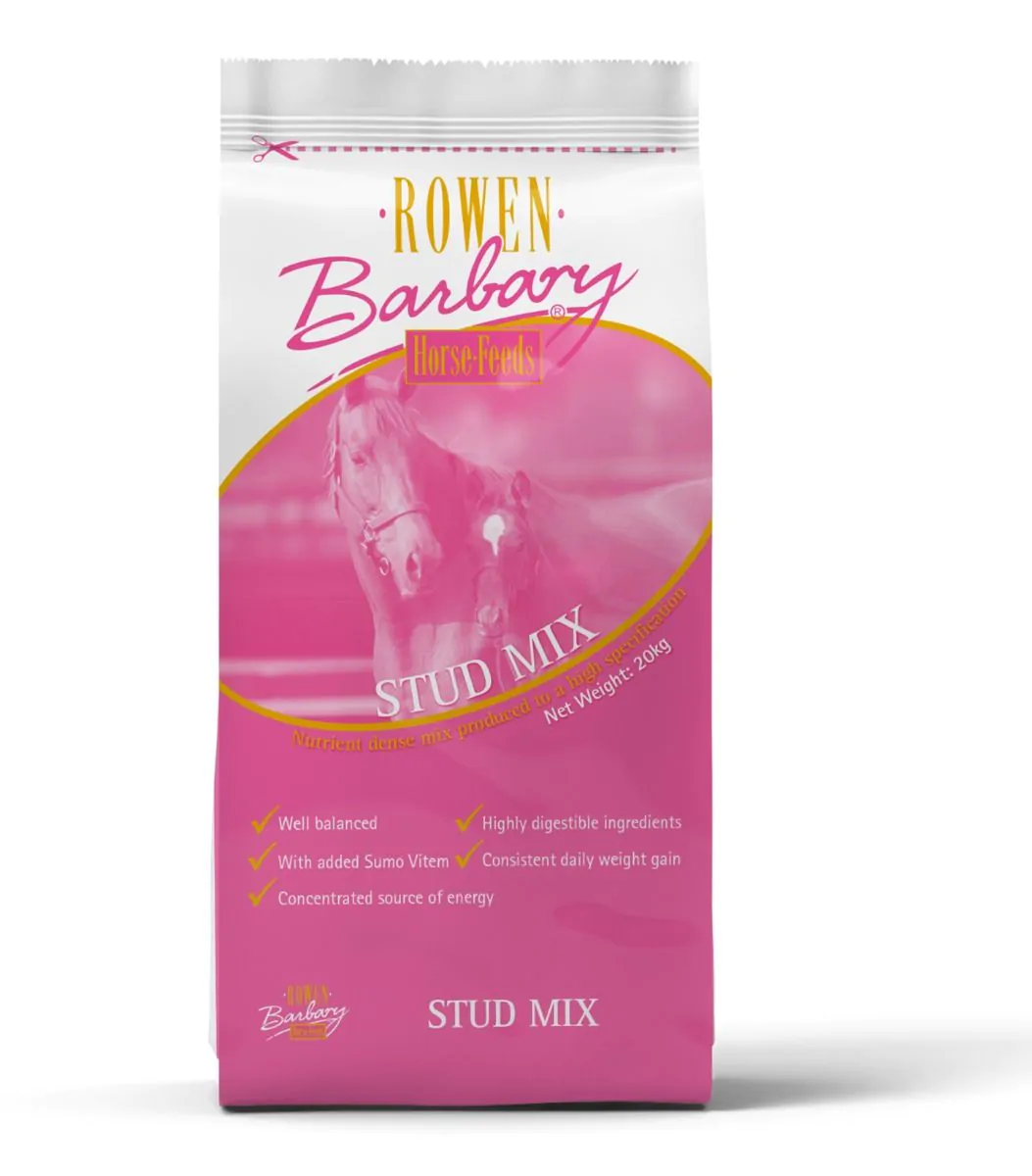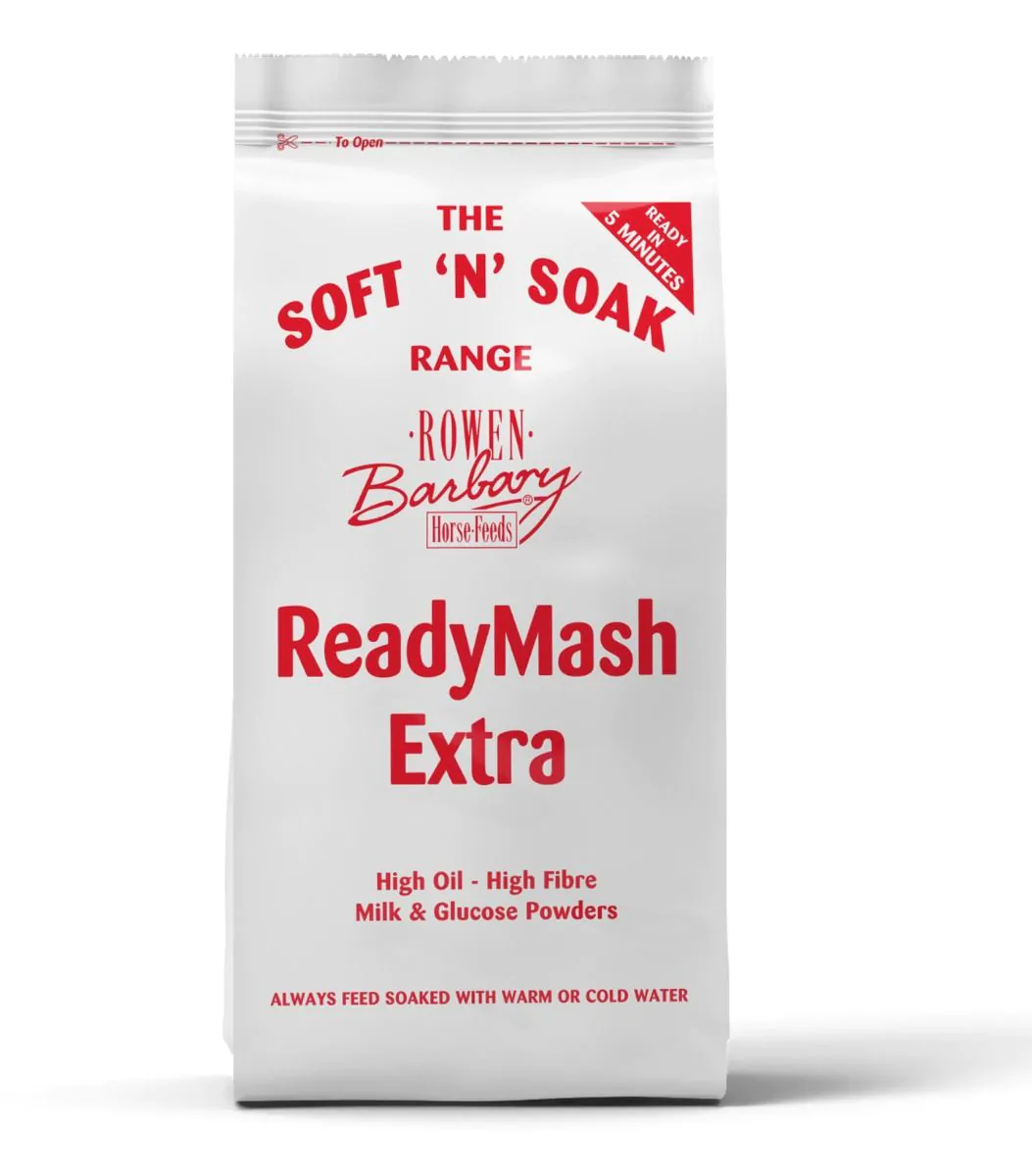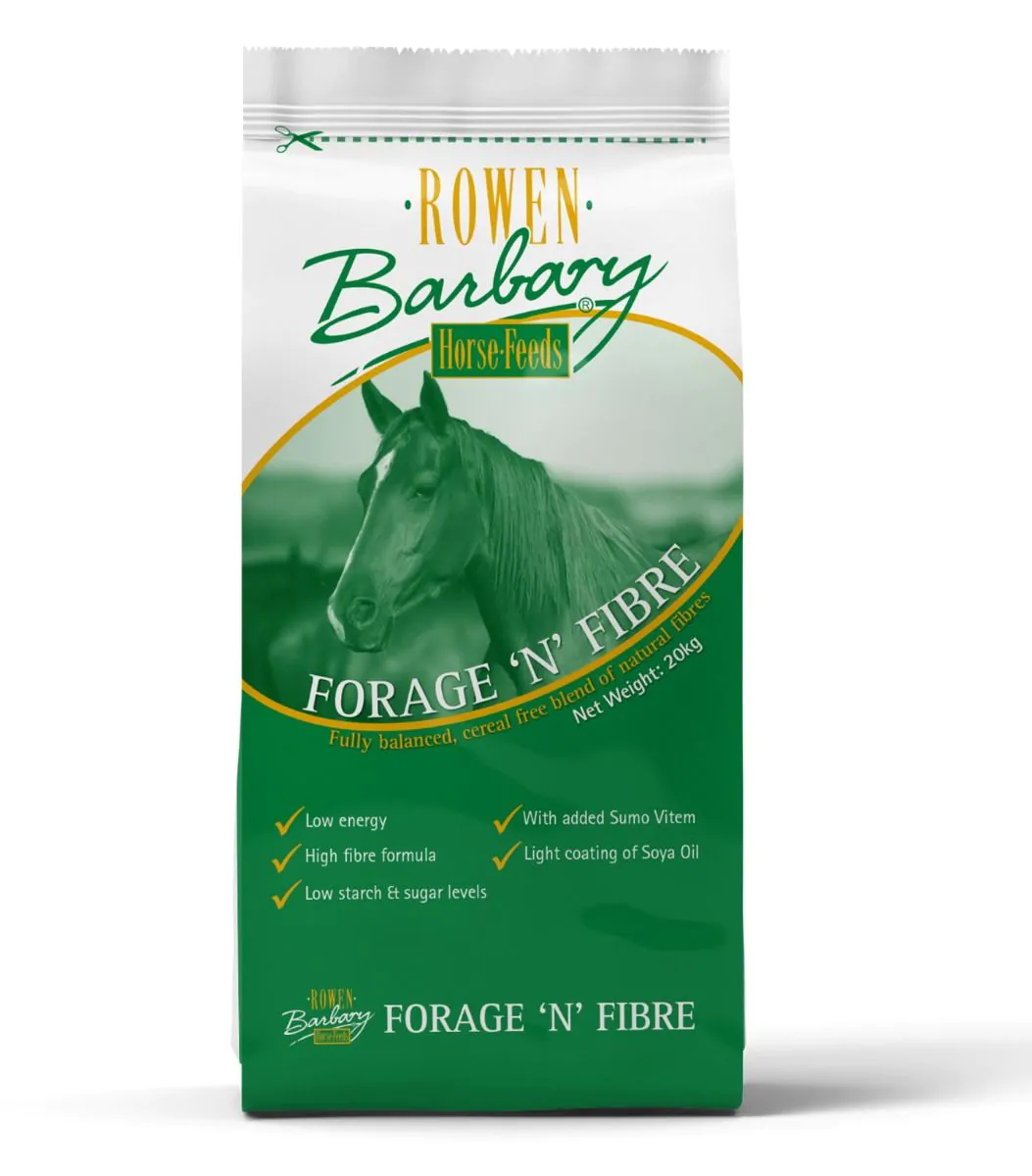- 23rd July 2021 by Rowen Barbary
Feeding the Weanling
Weaning in the free-living environment is from one to two years old, compared to domestic environments when foals are weaned at four to nine months old. Weaning in the domestic environment depends on the health, maturity, condition and preparation for sales. At the time of weaning the foal should be receiving sufficient nutrients from a stud ration to maintain weight and consistent growth when the milk supply is removed. Weanlings cannot be fed low energy bulky feed because their digestive tracts are not large enough, instead they need concentrated sources of energy, protein, vitamins and minerals to meet their nutrient requirements.
The main concerns at this stage of the weanling’s development are the need to provide a concentrate ration to balance the forage given and to ensure that the nutrient intake is sufficient for individual growth. Prior to weaning the foals should be habituated to a feed that they can be weaned on to. Weaned foals should be fed good quality forage, have ad-lib access to good quality hay and should be fed concentrates to help meet their energy requirements.
Not all foals grow at the same rate and will depend on their breed, sex, body condition and genetics. These factors can influence growth rate and therefore the level of nutrients required varies for each individual. Provision of sufficient nutrients for muscular development and conversion of cartilage to bone is essential. Managing growth during this time is very important because excessive weight gain may cause bone abnormalities and long lasting skeletal problems.
Fibre
A foal’s diet should focus on good quality fibre, quality protein, amino acids and balanced vitamins and minerals as this will lay down the building blocks needed for a successful sound horse in later life. Fibre should always be the forefront of the diet no matter the age of the horse or pony. Grass from July and August is the most obvious choice of fibre that is good quality. As it gets later in the year the grass will begin to decline which is when you can begin to supply the foal with hay or haylage. However, if your weanling is predominantly stabled or does not have access to quality grass, a supply of hay or haylage will ensure the fibre levels remain high in the diet. It is important to habituate your weanling to hay or haylage before the grass starts to decline so they develop an appetite for it.
It is important to consider the nutritional analysis of hay and haylage. If your foal is healthy and in good condition for its breed and age then hay would be more suitable as it is lower in digestible energy and is good for feeding ad-lib without weight gain however will need to be supplemented with a feed to ensure the foal is receiving enough protein, vitamins and minerals. Haylage is higher in energy, fibre and protein as it is a younger cut of grass. Therefore foals requiring more condition may benefit from haylage depending on what grass quality they have access to. Haylage is more palatable and is great for fussy eaters and horses needing more energy requirements.
Nutrients
Key nutrients to ensure your foal is receiving are amino acids, Calcium, Phosphorus, Copper, Zinc, Manganese, Vitamin E. Protein requirements of a foal are higher then that of an adult which is why youngstock and stud mixes are recommended to make sure they are not deficient.
By using a nutrient dense, balanced Stud Mix to wean on to it will provide the correct nutrient levels to create the optimum dietary balance to promote skeletal development and encourage consistent daily weight gain, reducing the risk of skeletal deficiencies. Weight gain is good providing it is balanced with growth, you should always be able to feel your weanlings ribs and they should good muscular development and a streamlined stomach. If you let your weanling carry extra weight they will be more likely to develop bone and joint disease.
Concentrates
Lower starch options for your weanlings are now more available and reduce the risk of developing Gastric Ulcers. Lower starch, stud and youngstock feeds contain higher levels of digestible fibre. Fibre sources such as Soya Hulls or Beet pulp can provide just as much energy to an equal amount of oats. Rowen Barbary have three feeds which are suitable for a weanling, depending on their health and condition. We have a multi-purpose Stud Mix which is a dry feed, Ready Mash Extra a palatable mash with added milk powders and Forage ‘n’ Fibre which is high fibre and low energy.
Ready Mash Extra is a soft textured palatable mash. It contains essential oils enhanced by milk powders for condition, highly digestible fibre and is fully balanced in essential nutrients. The mash can be soaked with warm water which is sometimes more palatable to foals which haven’t been weaned onto a feed or if they are not interested in a hard feed.
Stud Mix is a fully balanced, multi-purpose stud ration which is nutrient dense. Multi-purpose means it can be used for broodmares, stallions, weanlings up to youngstock (two years old). The stud mix has the correct proportions of energy, protein, calcium, phosphorus and magnesium. It also supplies a natural source of B vitamins, amino acids and brewers yeast.
Forage ‘n’ Fibre is ideal for native breeds and weanlings which are in good condition and out at good quality pasture that do not require a substantial amount of energy. It ensures their fibre levels are being met without any cereals which results in low starch and sugar. Forage ’n’ fibre will ensure the weanlings are still receiving the essential vitamins and minerals for healthy growth and development.
As the weanling reaches 12 months of age, the growth rate slows considerably which also means their nutritional requirements reduce slightly. The condition and weight of the foal should be considered before altering the feed however, concentrates can usually be reduced and fibre levels can increase. By the time they are 18 months of age their growth rates have slowed even further, so fewer nutrients are required to support tissue growth but it is important that a balanced diet is still maintained. Rowen Barbary’s Forage ‘n’ fibre would be a suitable feed for a yearling as it is still high in fibre, low in energy and low in sugar and starch.

About Rowen Barbary
All manufacturing at Rowen Barbary is carried out in a state of the art mill located in the heart of the Shropshire countryside. We use only the highest quality ingredients sourced, where possible, from local farms before they are blended by our dedicated team in our UFAS audited mill.
Rowen Barbary also conforms to BETA NOPS guidelines with raw materials & finished feeds regularly laboratory tested to ensure that every bag of feed continues to meet not only ours, but also your high standards.
We Recommend...




